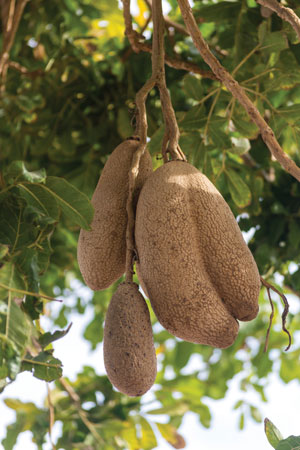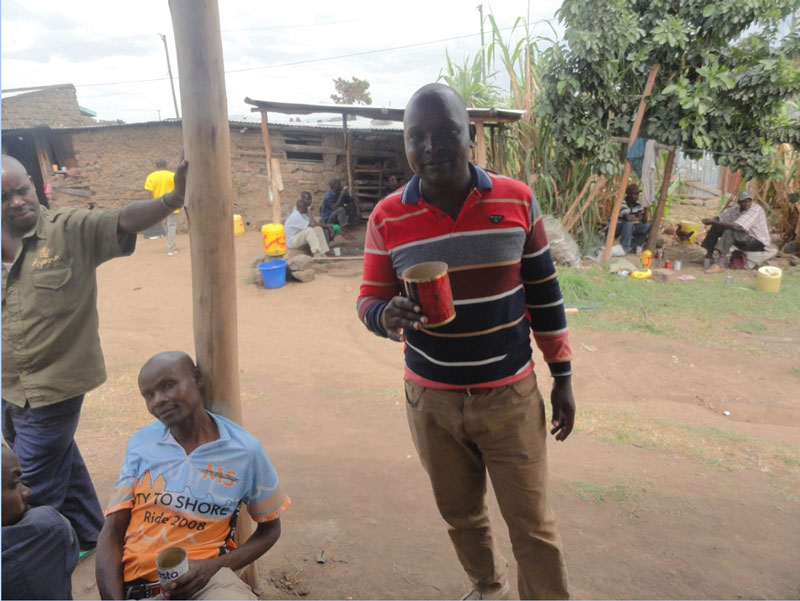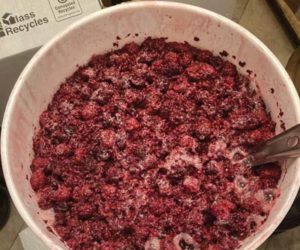
During this COVID pandemic when people around the world were staying home a lot more, there was an uptick in do-it-yourself activities from crafts, hobbies, and even starting new careers. In Kenya, one result has been many people began to brew their own alcoholic drinks in their homes.
There is a range of reasons for those picking up this hobby. The most common may be that it is the only way for Kenyans to get wine or other alcoholic beverages. During this time of uncertainty bars, clubs, liquor shops, hotels, and other establishments remain closed throughout the country and getting a bottle of any alcoholic beverage is not an easy thing. For the wine enthusiast, it is like a pandemic within a pandemic. The price of wine tripled due to high demand compounded by low supply as more than 70 percent of the wines consumed in Kenya are imported from Europe, the United States, and Asia.
In addition to wine prices skyrocketing, alcoholic drinks have also been rationed and many shops reserve sales for well-known customers. With these hurdles, a large population of Kenyans started looking for another solution.
Enter muratina, a sweet homemade wine that has been a part of ceremonies and special occasions within the Kikuyu tribe, the largest ethnic community in Kenya, for ages. Muratina wine is made from the fruit of the muratina tree, commonly called the “sausage tree” (Kigelia africana) due to the long, sausage-like fruits that it bears, which can grow up to 1 meter (3.3 ft.) in length. This fruit is poisonous to humans if not properly ripened.
Enter muratina, a sweet homemade wine that has been a part of ceremonies and special occasions within the Kikuyu tribe, the largest ethnic community in Kenya, for ages.
Within the Kikuyu tribe, a wisdom of how wine can be made from the fruit has been established. Traditionally, only elders who wanted to make the wine were privy to the recipe and process, meaning most have not previously learned the recipe. Given the pressures caused by the pandemic, however, these rules have been relaxed and elders have even allowed the younger generation to consume and brew it (which did not used to be allowed).
However, the sausage trees are not as prevalent as another fruit that grows everywhere, and when muratina was out of season people turned to a substitute — pineapple. Pineapple is a tropical or near tropical tree planted in various parts of the country like Kisii, Thika, and the former coast region.
“This type of drink when we were young we were not permitted to consume nor brew. It was specifically preserved for elders and not at any time but during special occasions,” says a local named Kimani.
Kimani is a grandchild of a well-known muratina brewer who learned the skills of making muratina from his grandmother more than four decades ago during one of the occasions in which his grandmother was urged to make a drink for the guests.

During the lockdown, Kimani has voluntarily taught many families how to make the wine from pineapples. Douglas Maina, a wine enthusiast and pineapple farmer in Kiambu County, said another benefit in the enthusiasm around making muratina is actually a matter of life and death since it’s much safer than another trend that has picked up in Kenya: Bootleg liquors sold at street corners that contain methanol and other dangerous chemicals.
Want to learn how to make your own Kikuyu wine from pineapple? Here is the recipe that’s become very popular:
Muratina Wine recipe
Ingredients
Five qts. (5 L) water
One ripe pineapple
~1.1 lbs. (0.5 kg) table sugar
5 g yeast
Procedure
Bring the water to a boil. Slice a medium-sized whole pineapple into small pieces (including the peels) and add them into boiling water for five minutes. Turn off heat and add sugar while stirring to dissolve. Remove the mixture from the heat and allow it to cool to ~105 °F (40 °C), add yeast and stir. Generally this happens in a pot with a lid, but if you have a small fermenter, use that with an airlock. When fermentation is complete, in about a week, you’ve got muratina wine!







